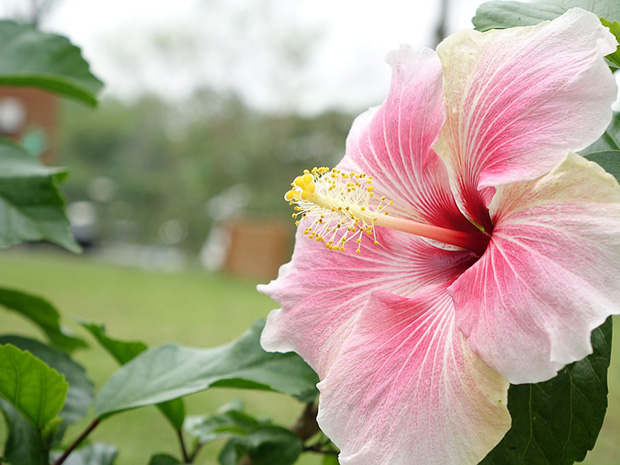Moving Plants Indoors in Fall
We never know what kind of Fall weather we’ll have, so it’s a good time to consider what to do about summer tropicals and houseplants that are now outdoors. It’s time to move when nighttime temps are 50 degrees and falling.
Wash your Plants! Wash a few times with water and then on moving day add horticultural oil to the water and give them a good spray. This will ensure no pests ride along to the inside. If you do find some after moving day, use some insecticidal soap.
Methods for Storing Plants for Next Year. Plants that are on more than one list may be stored by either method.
Plants that can spend winter as a houseplant:
- Allamanda (trumpet vine)
- Bamboo
- Bougainvillea
- Citrus
- Cordyline
- Croton
- Dracaena
- Gardenia
- Geranium
- Hibiscus
- Jasmine
- Mandevilla
- Passion Flower
- Palms
- Phormium
- Stephanotis
Tips on plants spending winter as a houseplant:
Plant response to this will vary. For instance, dracaenas typically do well as houseplants, while a hibiscus is resting and waiting for next summer.
- Keep plants you plan on bringing indoors in containers all season. Moving from ground to a container to overwinter rarely works well.
- Bring plant indoors before the weather turns cold (before nighttime temps are 50 degrees and below).
- Keep in a sunny location such as a south-facing window.
- If plant is small enough, use a grow light and set for about 12 hrs. of light a day.
- Your “houseplant” may be spending the winter indoors, but don’t expect it to be all it was in the summer. It’s basically resting from October through April. In our climate, pushing the plant to look lush or to bloom is a mistake.
- Don’t panic when leaves turn yellow and drop off some plants. This is normal. They’ll re-grow, but maybe not until February or March.
- Refrain from feeding or fertilizing until new growth begins.
- Water normally. This means when the plant dries out, give it a good soak.
- Plant may be re-potted in spring and given fertilizer.
- Move into the sun slowly. Shade first.
Plants that like dormancy in a cool, dry, dark place (dormancy):
- Banana
- Brugmansia
- Caladium
- Canna
- Canna, Dwarf
- Colocasia (Elephant Ears)
- Hibiscus
- Mandevilla
- Passion Flower
- Tibouchina
Tips on plants in dormancy or semi-dormancy:
- Allow the plant to go dormant and keep it in a cool, dark place until spring.
- Store plant in a cool, dry place with little or no light.
- Leaves will yellow and drop off.
- Make sure temp never goes below freezing.
- Don’t cut back plant until next spring.
- Water sparingly. Once every 2 weeks or once a month is enough.
- In spring, you may re-pot with new soil, water thoroughly and give a diluted amount of plant food.
- Acclimate to the sun slowly.
Plants with a bulb or tuber which can be stored:
- Begonia – store in moistened peat moss and mist when beginning to dry out.
- Dahlia – store in moistened peat moss and mist when beginning to dry out.
- Calla
- Caladium – store in moistened peat moss and mist when beginning to dry out.
- Canna – store in moistened peat moss and mist when beginning to dry out.
- Colocasia (Elephant Ears)
- Ginger
- Sweet Potato vine
Tips on plants with bulbs or tubers being stored:
Remove tubers and bulbs, surround with peat moss and keep in a cool, dry place. Don’t pack bulbs too tightly as they need some airflow to keep from rotting. Store with moisture when noted on list.
Bananas, Cannas, Elephant Ears, Caladium grown in containers:
Let the first frost “melt” the leaves. Cut the stem to pot level. Store the container in a cool, dark place until spring. This could be a cellar or a heated garage. Water occasionally, about once a month. In spring, plants will begin to send up new shoots signaling that it’s time to begin reintroduction to the outdoors.
Moving Back Outside
The 2 rules of moving outdoors in the Spring:
Nights must consistently be 45 degrees or above for the plant to stay outside without protection.
Don’t put plants that have been indoors or even in a greenhouse directly into full sun.
These rules pertain to both newly purchased plants and houseplants moving from Indoors. Put them in shade, to begin with, and move into part sun or full sun (depending on the plant’s ultimate need) over the span of a couple of weeks. Plants can get sunburn, so moving them straight into full sun can be a disaster.

